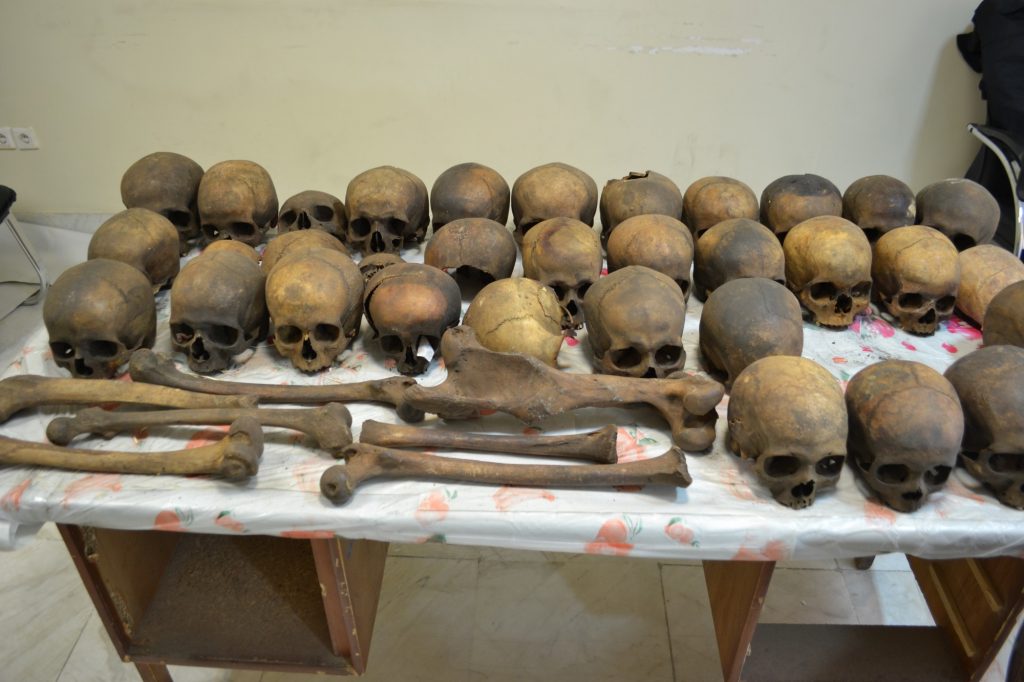Nearly 15 years ago, in June 2006, I decided to experiment, set up a blog and published my first post on the just-announced probable location of an ancient Indian port reached by Roman traders. I assumed that I would publish some archaeological news every day and if, after a month, there were dozens of visits a day, I would continue.
The information was to be given fairly lightly to make it accessible to non-specialists, but at the same time based on the most direct sources I could reach to avoid the distortions and misrepresentations that stick to every piece of information travelling through the media and the internet.
To my surprise, after a month the blog had several hundred visits a day, so Archeowieści became a part of the Internet for good. Quite soon the interest and reactions (including many very nice opinions and gestures from the scientific community) exceeded my wildest imagination and finally I decided to transform the blog into a service.
In total, I wrote ArchaeNews for 10 years. Eventually, however, due to financial reasons I had to devote my time to other activities.
Today Archeowieści is back. New life will be given to them by archaeologists from the University of Warsaw. I only share the domain and the profile on Facebook. The fact that they decided to blog under the brand I created is another very nice and totally unexpected result of my experiment from almost 15 years ago.
I sincerely wish you good luck and many readers!
Wojciech Pastuszka
———————————————————————————————–
From the very beginning of the creation of Archeowieści we have been following the information appearing there with interest. We ourselves have also had the opportunity to pass on news of our discoveries. Sometimes Archeowieści was the first place where you could read about the current research of Polish archaeologists and take part in often very lively discussions about them. It is not without a reason, that Wojciech Pastuszka was awarded twice for the popularisation of archaeology: in 2011 with Krzysztof Dąbrowski Award and in 2010 in the competition “Populizer of Science” of PAP’s Science in Poland service, in cooperation with Ministry of Science and Higher Education.
It is a great honour for us that we can continue the activity of Archeowiesta, although we realise that the bar has been set very high. We hope, however, that the whole team, consisting of the staff, PhD students and Archaeology Department students of the University of Warsaw will be able to come at least close to the level of Archeowiesta from the times when the blog was run by Wojciech Pastuszka and popularize archaeology in a reliable, but at the same time light and comprehensible way. We want the blog created by professional archaeologists to be a friendly place for all readers interested in knowledge about the past.
We invite you to read it!
Julia M. Chyla, Miron Bogacki, Arkadiusz Sołtysiak

